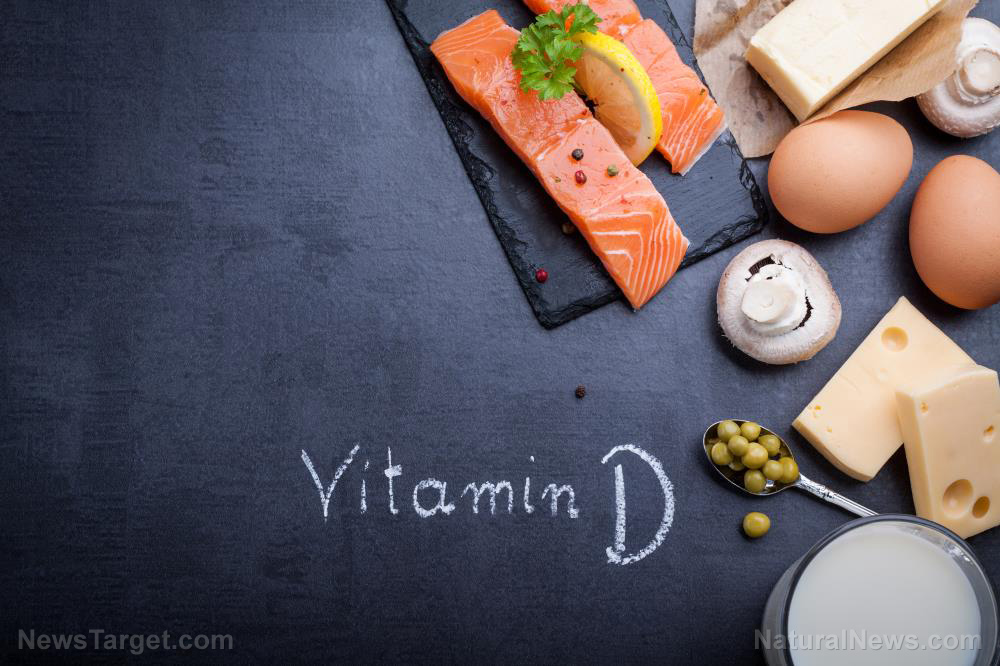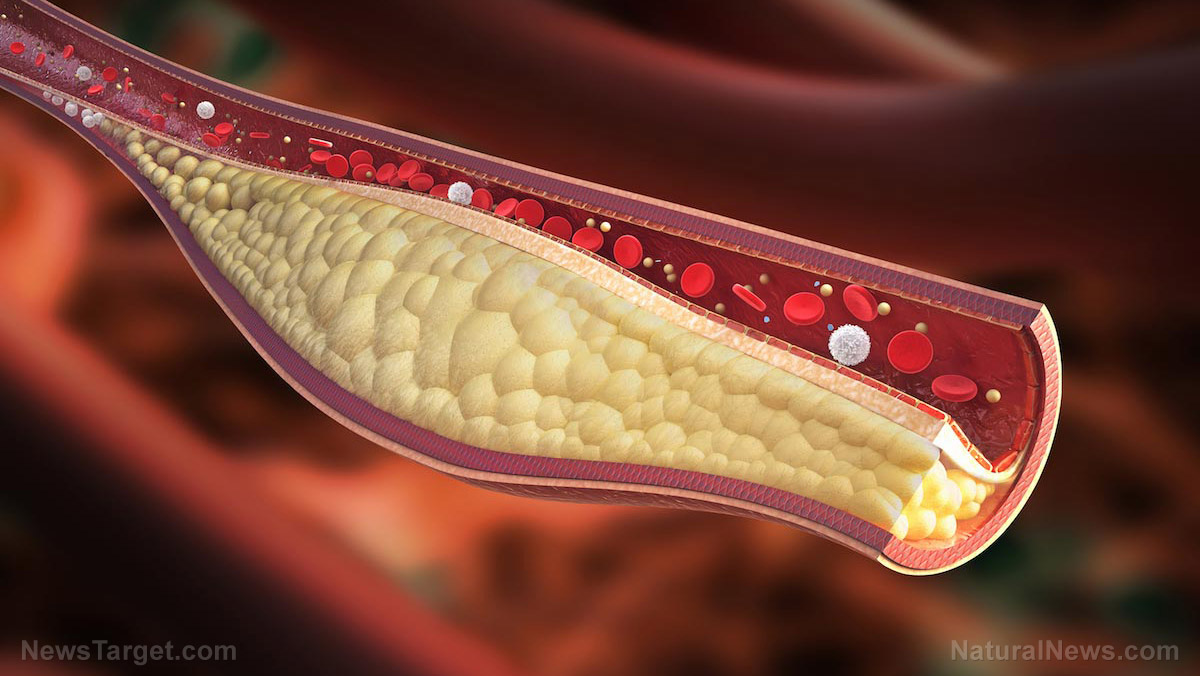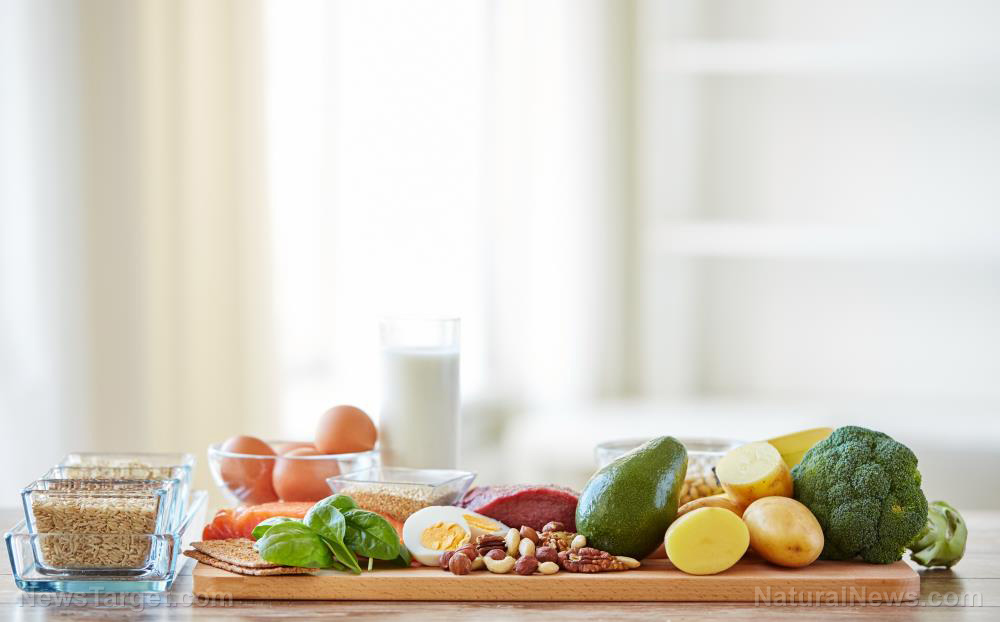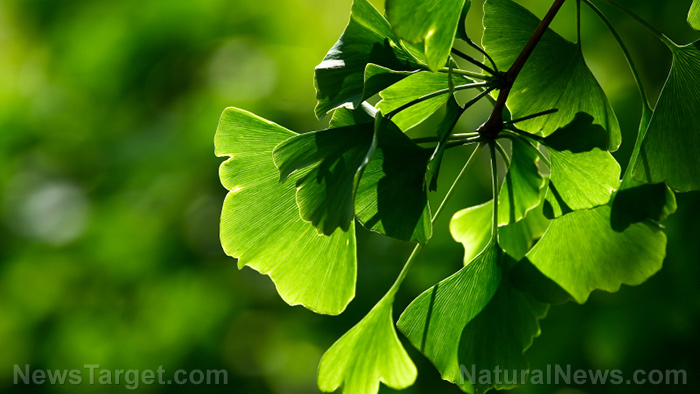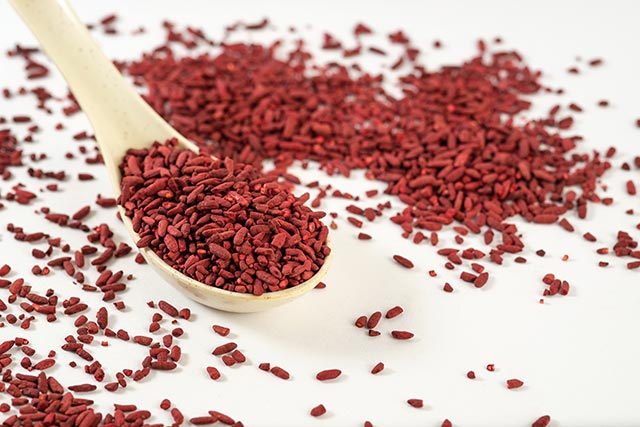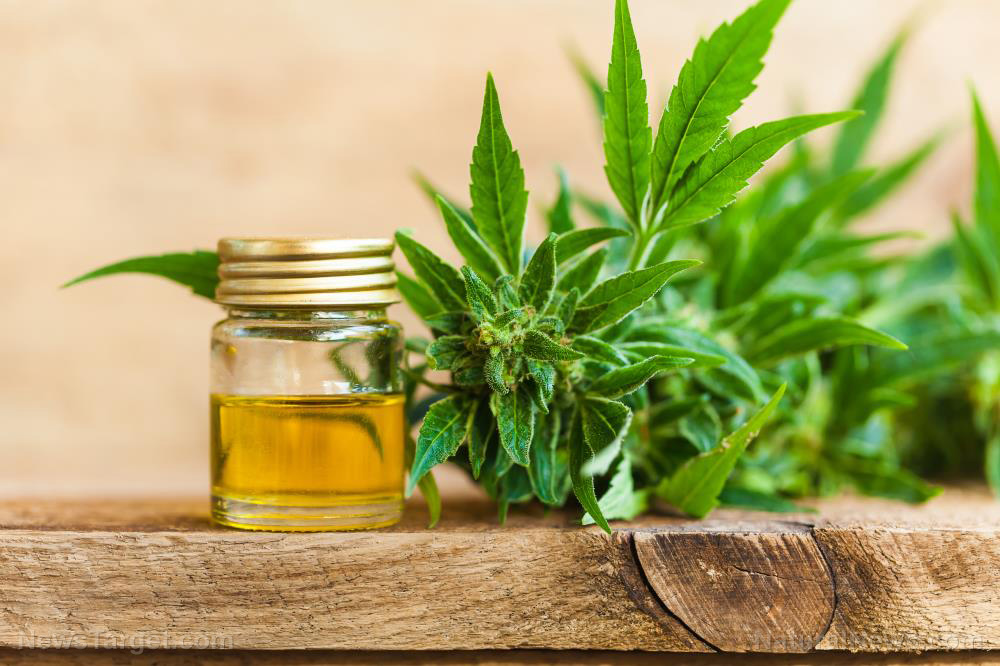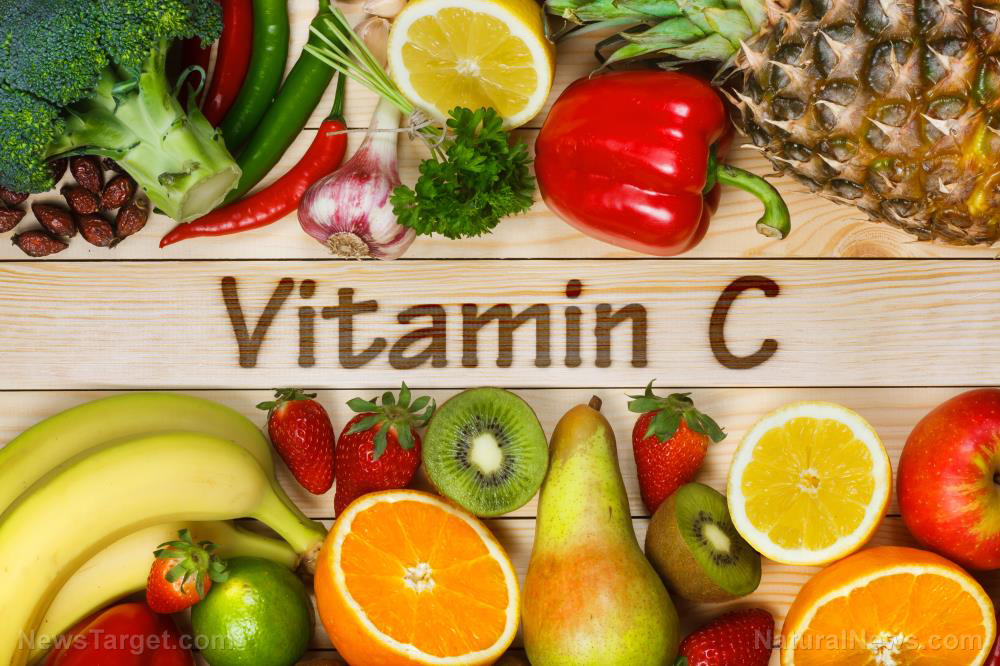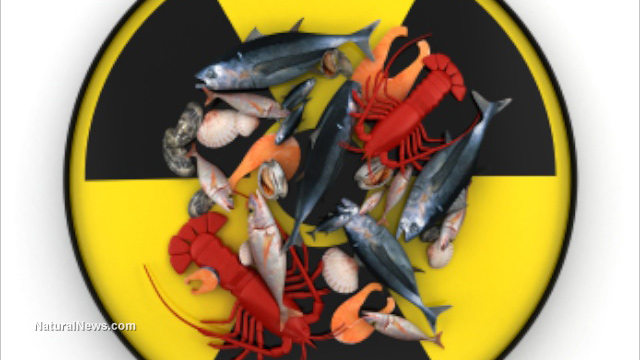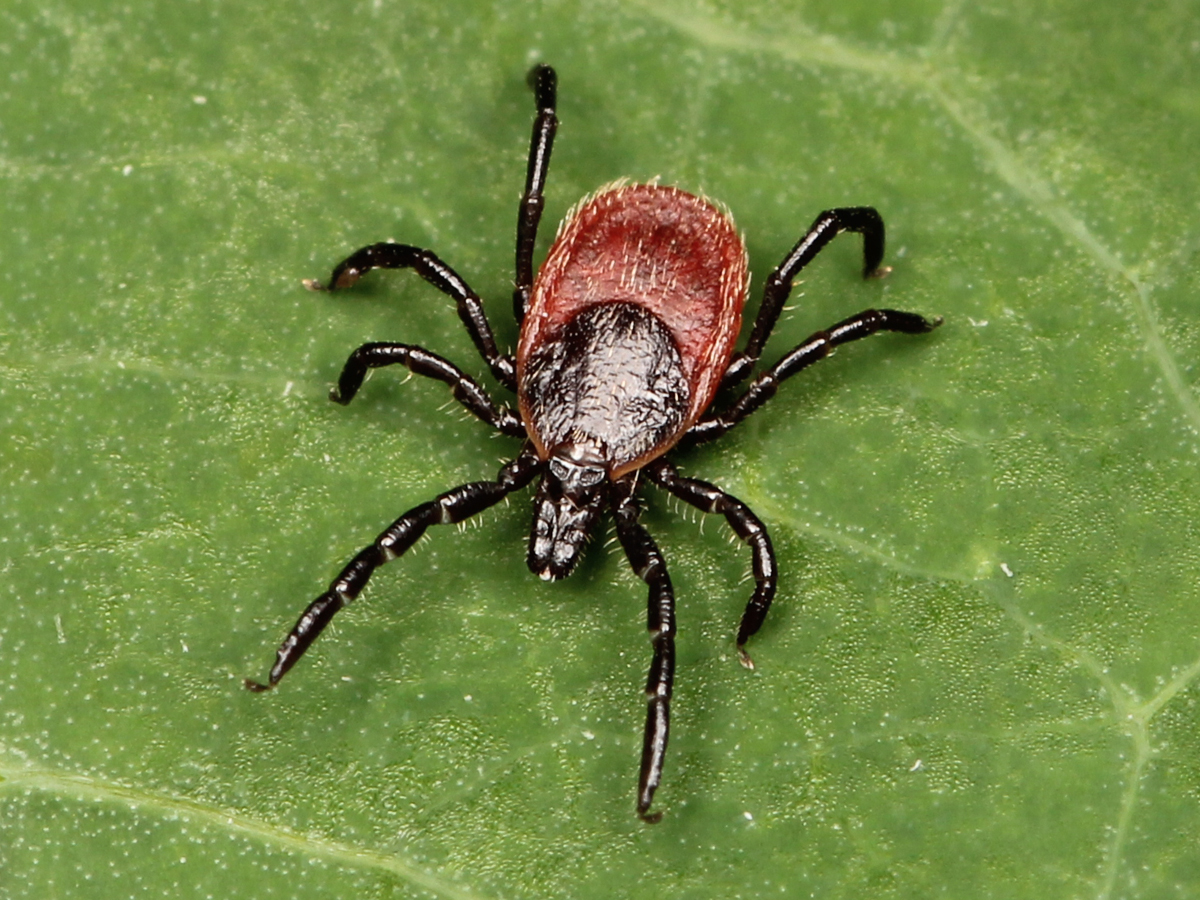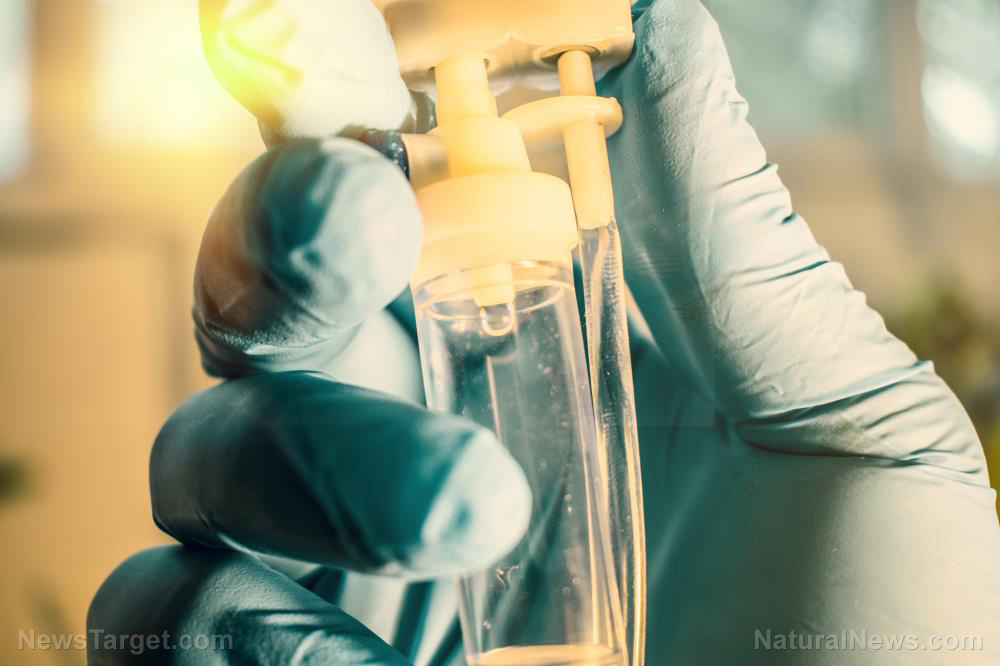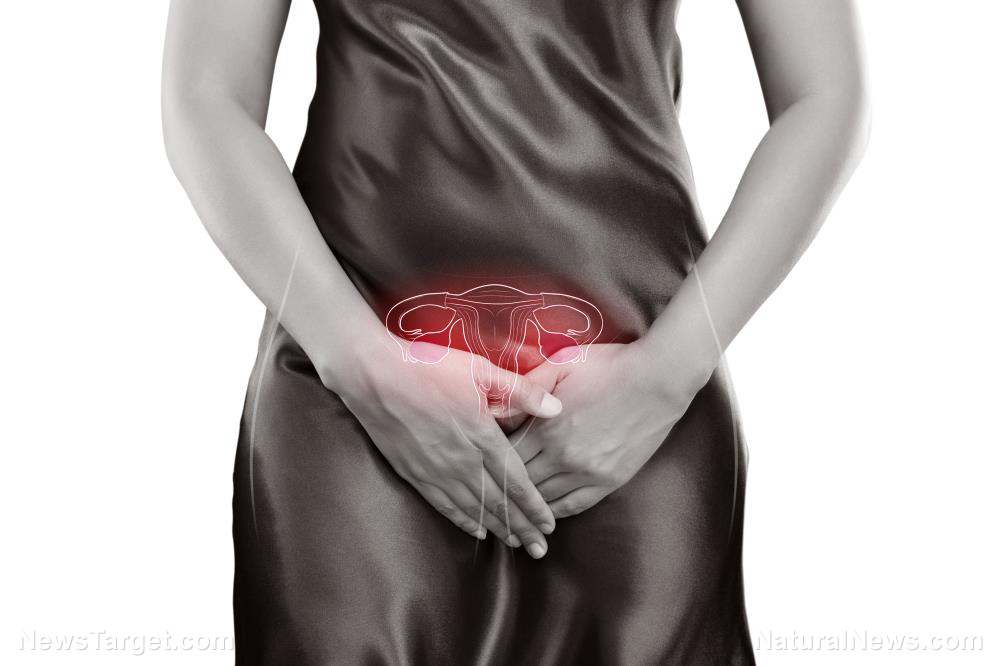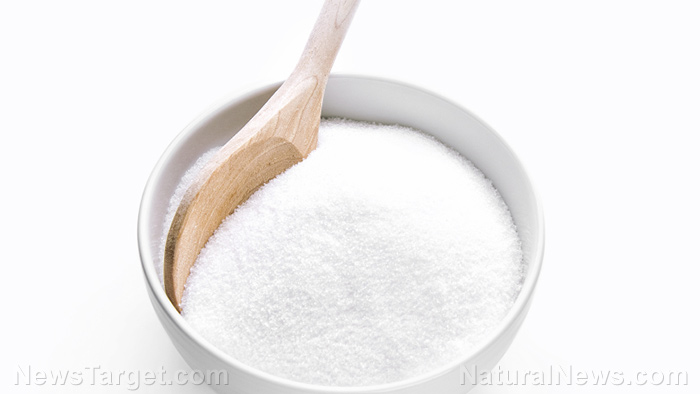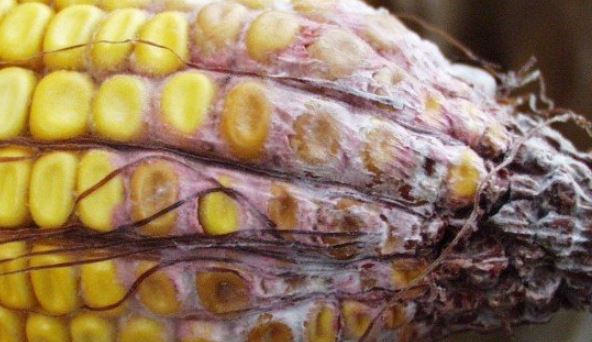Compound from aged garlic demonstrates anti-cancer activity
06/10/2019 / By Michelle Simmons
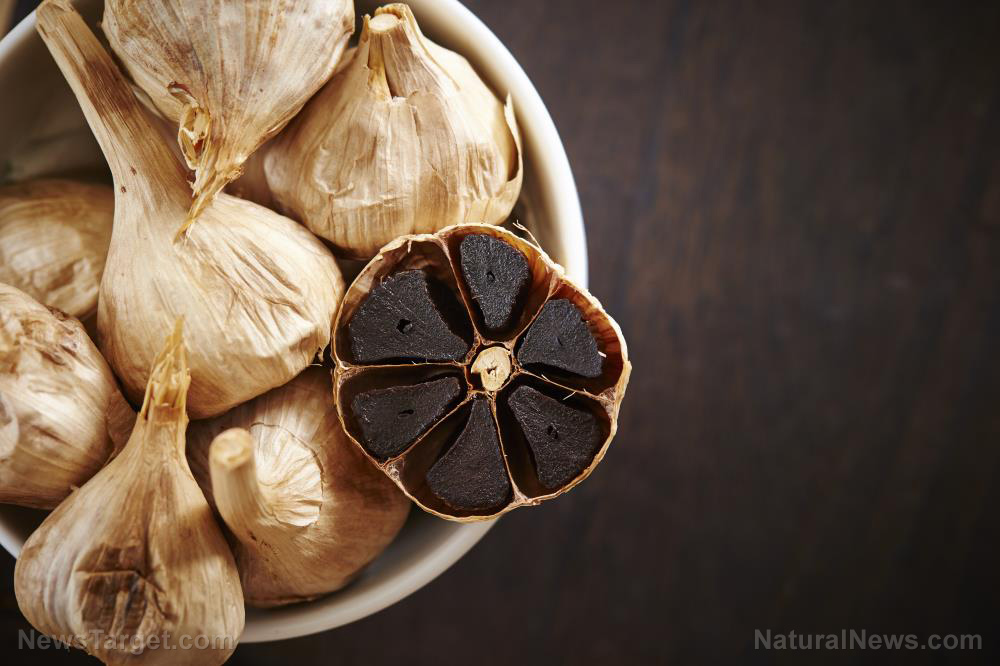
Researchers from Fujian Normal University, Shenzhen Third People’s Hospital, and The University of Hong Kong looked at the anti-cancer activity of a compound in aged garlic called S-allylmercaptocysteine (SAMC) in a review of studies. They published their findings in the Chinese Journal of Natural Medicines.
- Daily consumption of food supplements with anti-cancer potential has become a way to prevent and manage cancer.
- Emerging evidence supports a link between garlic consumption and decreased cancer incidence.
- Notably, aged garlic extract (AGE) has stronger anti-cancer activities than that of fresh garlic, because it is enriched with AGE-specific organosulfur compounds, such as SAMC.
- In this review, the researchers looked at studies on SAMC and its anti-cancer potential.
- They summarized the up-to-date mechanistic pathways associated with the anti-proliferative, anti-metastatic and pro-apoptotic effects of SAMC in various cancer models.
- Evidence suggested that SAMC can protect against cancer because of its ability to eliminate reactive oxygen species (ROS) and increase antioxidant enzymes.
- SAMC also exhibits anti-tumor effects by activating mitogen-activated protein kinase (MAPK), scavenging active oxygen, and inhibiting inflammation.
- SAMC can induce Bcl-2 family imbalance to cause programmed cell death of tumor cells.
- It can also inhibit tumor cell proliferation and suppress tumor cell invasiveness.
- Additionally, it can increase the chemosensitivity of cancer cells.
Based on the evidence gathered, the researchers concluded that SAMC in aged garlic can be used as a promising daily food supplement for preventing and treating cancer.
Read the full text of the study at this link.
For more studies on food supplements that have anti-cancer potential like aged garlic, visit AntiCancer.news.
Journal Reference:
LV Y, So KF, Wong NK, Xiao J. ANTI-CANCER ACTIVITIES OF S-ALLYLMERCAPTOCYSTEINE FROM AGED GARLIC. Chinese Journal of Natural Medicines. January 2019; 17(1): 43-49. DOI: 10.1016/S1875-5364(19)30008-1
Tagged Under: aged garlic, aged garlic extract, alternative medicine, cancer, disease prevention, food is medicine, food science, foodcures, functional food, garlic, herbal medicine, Herbs, natural medicine, research, S-allylmercaptocysteine


